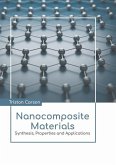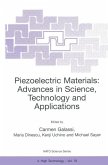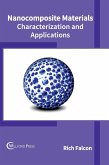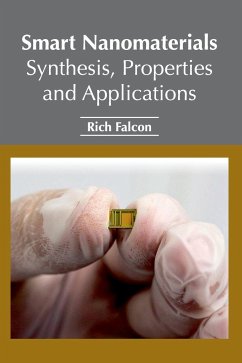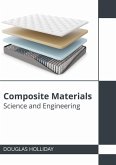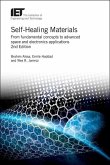Piezoelectric materials or piezoelectrics are the materials that can produce electric energy when mechanical stress is applied on them. There are two broad categories of piezoelectric materials. First category includes piezoelectric materials that exist in nature and the second category comprises man-made or synthetic materials. Quartz, Rochelle salt, topaz, and tourmaline-group minerals are a few examples of naturally-existing piezoelectrics which are anisotropic dielectrics crystals having a non-centrosymmetric crystal lattice. Piezoelectric materials are widely used in electronic devices such as actuators, sensors, accelerators, ultrasonic motors, transducers, filters, resonators, and micro-electromechanical systems. A perovskite is any material that has a crystal structure that follows the basic chemical formula ABX3. Some of the prominent physical properties of these materials are magnetoresistance, superconductivity and ionic conductivity. They find a variety of applications as photovoltaics, lasers, scintillators and light-emitting diodes. This book outlines the synthesis, properties, and applications of piezoelectric and perovskite materials in detail. It aims to serve as a resource guide for students and researchers alike and contribute to the growth of study on these materials.


